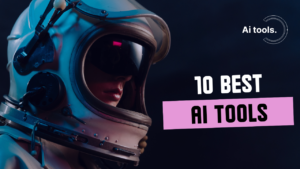Building chatbots has become a significant trend with the rise of conversational interfaces. Consequently, various platforms and libraries have emerged to assist developers in building chatbots more efficiently. To help you get started, here are the top 10 ways to build chatbots—along with brief descriptions, code/API references, and key advantages.
Table of Contents
Rasa
- Description: Rasa is an open-source machine learning framework specifically designed for building contextual AI assistants and chatbots. Moreover, it allows developers to create highly customizable and intelligent conversational agents by leveraging natural language understanding (NLU) and dialogue management. As a result, developers can build more dynamic and context-aware chatbot experiences.
- Code/API: Written in Python. Use Rasa NLU for understanding messages and Rasa Core for dialogue management.
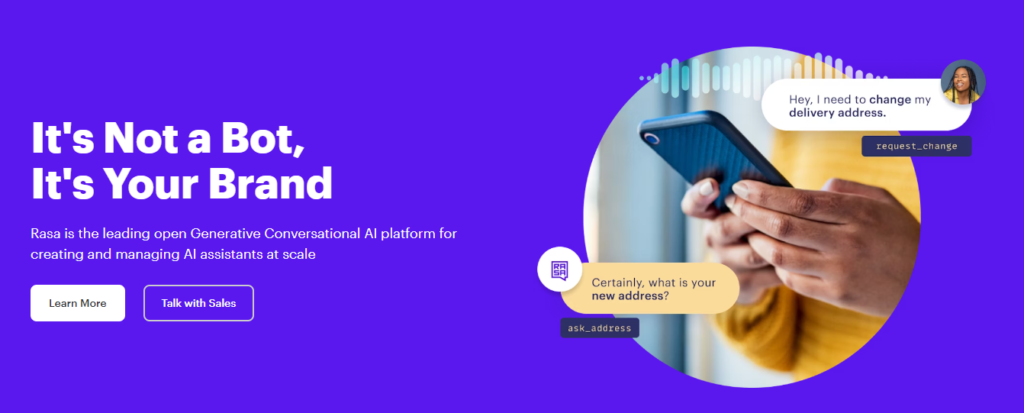
- Advantages: It is highly customizable, avoids vendor lock-in, supports multiple languages, and integrates easily with other services—making it a flexible choice for building production-grade AI assistants.
Dialogflow (by Google)
- Description: A cloud-based service that offers a visual interface to design and integrate chatbots into various platforms.
- Code/API: Integrates with many platforms using its SDKs and APIs.
- Advantages: Supports multiple languages, offers an easy-to-use interface, integrates with many platforms, and is powered by Google’s natural language processing.
Microsoft Bot Framework
- Description: A comprehensive framework that integrates with Azure services to build, test, and deploy chatbots.
- Code/API: Uses the Bot Framework SDK. Supports .NET, JavaScript, Python, and Java.
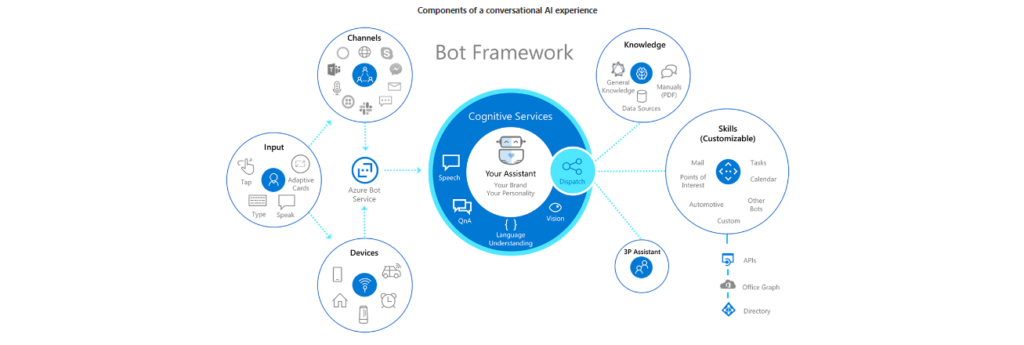
- Advantages: Highly scalable, integrates well with Microsoft services, and offers a wide range of tools and extensions.
Wit.ai (by Facebook)
- Description: A natural language processing API to convert speech or text into structured data.
- Code/API: Offers HTTP API for integration. Can be trained via the web interface.
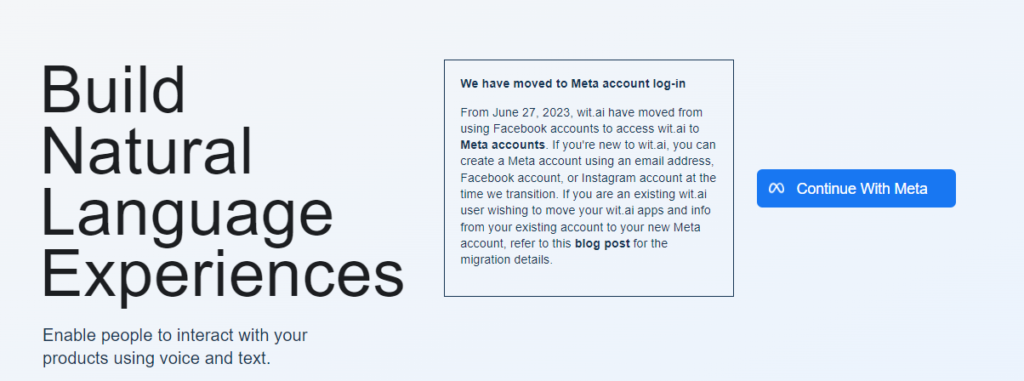
- Advantages: Free to use, supports multiple languages, and integrates easily with Messenger and other platforms.
Chatfuel
- Description: A platform specifically for designing Facebook Messenger bots without coding.
- Code/API: Uses a visual interface. Integrations are achieved via plugins.
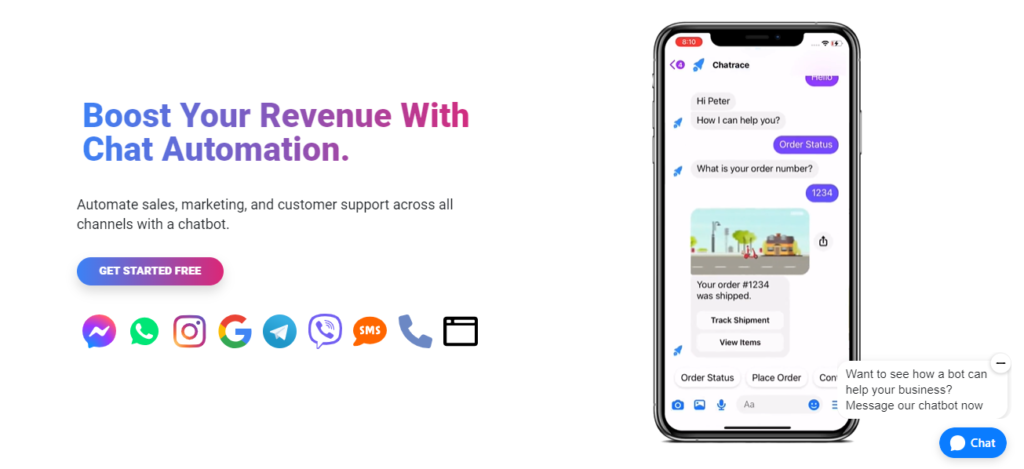
- Advantages: Easy to use, no coding required, and optimized for Facebook Messenger
Telegram Bot API
- Description: Allows you to build bots for the Telegram messaging app.
- Code/API: Uses Telegram’s BotFather to create bots. Bots interact with the Telegram API using HTTP requests

- Advantages: Free to use, supports multiple languages, and offers a straightforward integration with Telegram.
Slack API
- Description: You can build bots for the Slack platform, which are typically used for automations and notifications within teams. Additionally, these bots enhance collaboration by streamlining workflows, sending real-time alerts, and integrating with other tools and services your team already uses.
- Code/API: Uses the Slack Bot Token for authentication. Bots interact using real-time messaging (RTM) API or incoming webhooks.
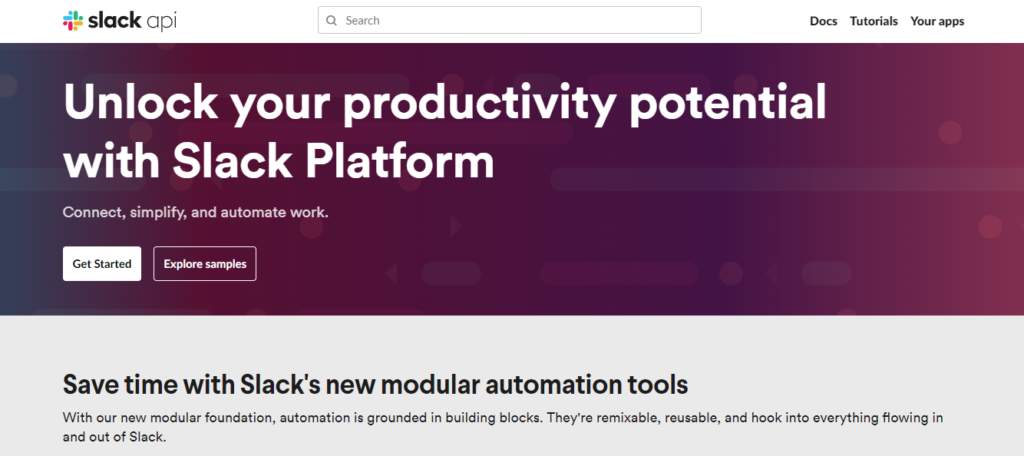
- Advantages: Integrates seamlessly with Slack, supports interactive messages, and has a large user base.
ChatterBot
- Description: A Python library to create conversational chatbots.
- Code/API: Written in Python. Trains on provided datasets or custom datasets.

- Advantages: Easy to use, supports multiple languages, and is customizable.
TARS
- Description: A chatbot builder platform that uses a drag-and-drop interface.
- Code/API: No coding required. Integrations are achieved via webhook URLs.
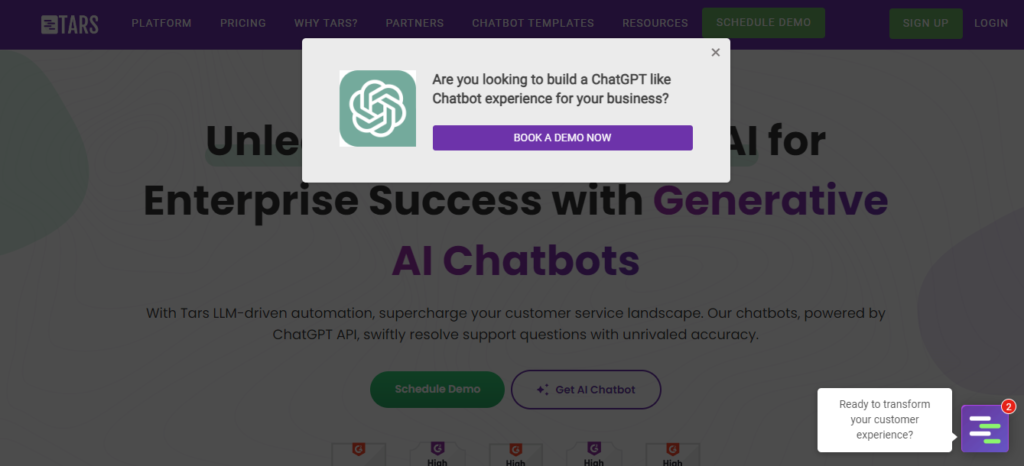
- Advantages: Easy to use, supports a wide range of integrations, and offers templates.
ManyChat
- Description: A visual chatbot builder for Facebook Messenger and SMS.
- Code/API: Uses a drag-and-drop interface. Integrations achieved via the platform’s API or built-in tools.
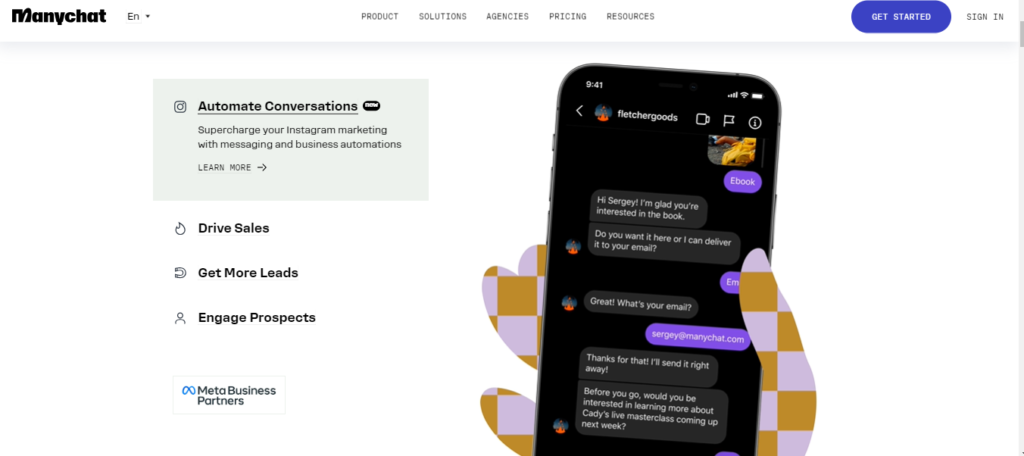
- Advantages: Designed for marketing and sales, easy to use, and offers analytics.
IBM Watson Assistant
- Description: A service by IBM that allows developers to build conversational interfaces into applications, devices, and channels.
- Code/API: Uses the IBM Cloud SDKs in multiple languages. The Watson API provides endpoints for message handling.
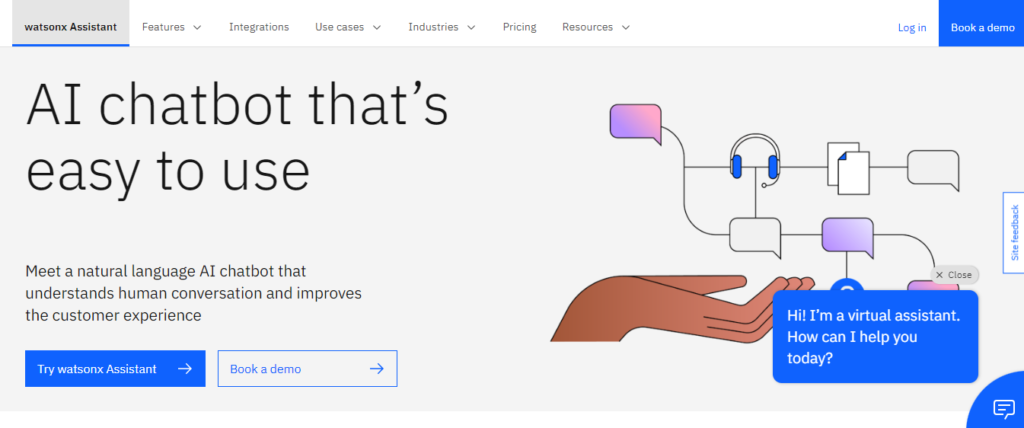
- Advantages: Robust NLU capabilities, easy integration with other IBM services, supports multiple channels, and offers a visual dialog builder.
Botsify
- Description: A platform for building chatbots for websites and multiple platforms like Facebook Messenger and WhatsApp.
- Code/API: Primarily a drag-and-drop interface but offers API integration for advanced features.
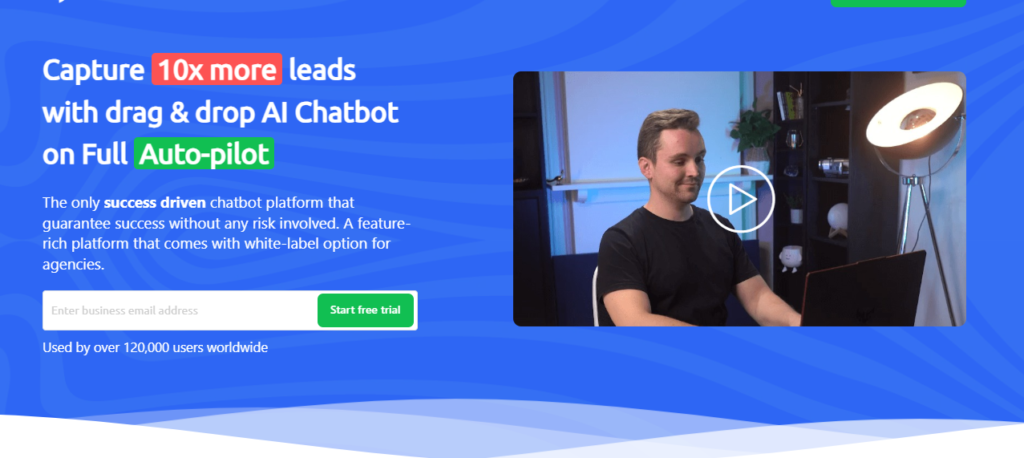
- Advantages: Template-driven approach, easy integrations, and supports human takeover of chat sessions.
Botpress
- Description: An open-source bot creation tool written in JavaScript. It is often termed as the “WordPress of chatbots”.
- Code/API: Built on JavaScript (Node.js). Offers a modular structure with custom plugins.
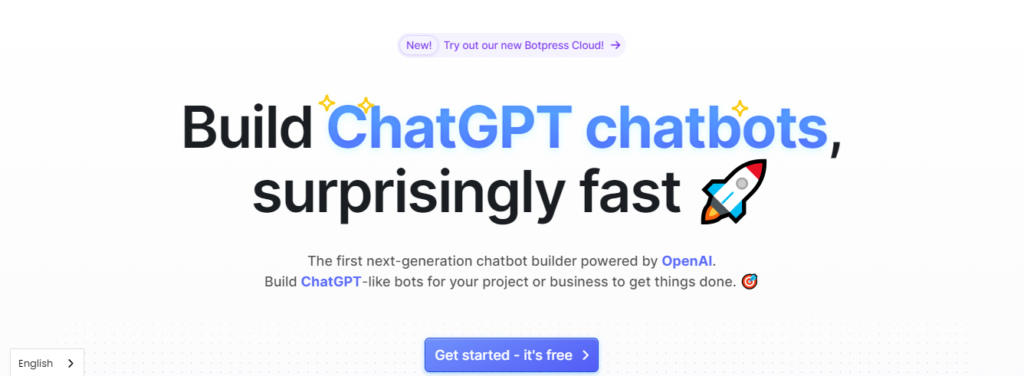
- Advantages: High customizability, active community, and integrates with major messaging platforms.
Pandorabots
- Description: One of the oldest and largest chatbot hosting services, which uses its proprietary AI language called AIML (Artificial Intelligence Markup Language).
- Code/API: Uses AIML for bot scripting. Offers API for integration and deployment.
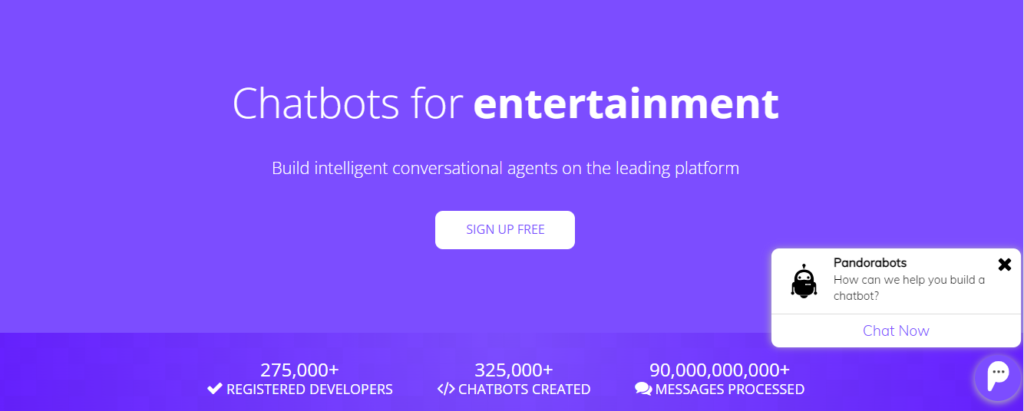
- Advantages: Mature platform, supports rich AIML scripting, and provides free sandbox hosting.
Mobile Monkey
- Description: A platform for building chatbots on Facebook Messenger, SMS, and web chat.
- Code/API: Uses a visual interface with drag-and-drop functionality. API available for integrations.
- Advantages: Omni-channel capabilities, template-driven approach, and supports chat marketing tools.
Gupshup
- Description: A messaging platform offering tools to build, test, and deploy bots across multiple channels.
- Code/API: Provides both a visual builder and a coding platform. Offers APIs for various integrations.
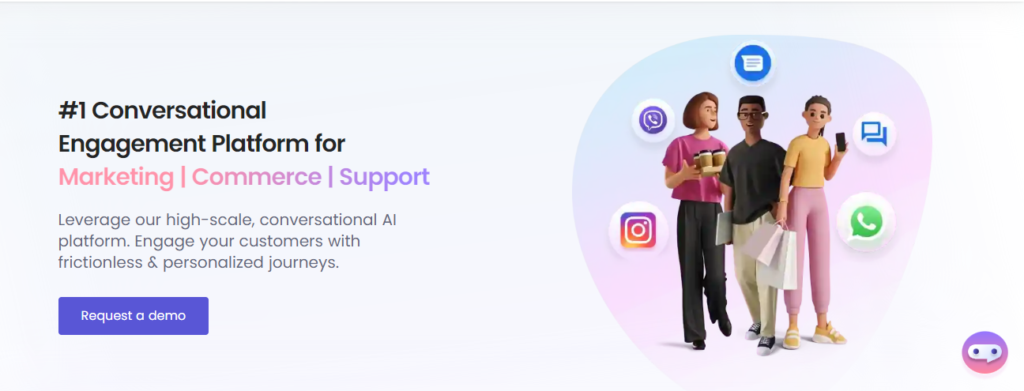
- Advantages: Multi-channel support, includes analytics, and offers a library of pre-built templates.
Flow XO
- Description: A platform for building chatbots for the web, Facebook Messenger, Slack, and more.
- Code/API: Uses a visual flow editor. Integrations are achieved via built-in tools or webhooks.
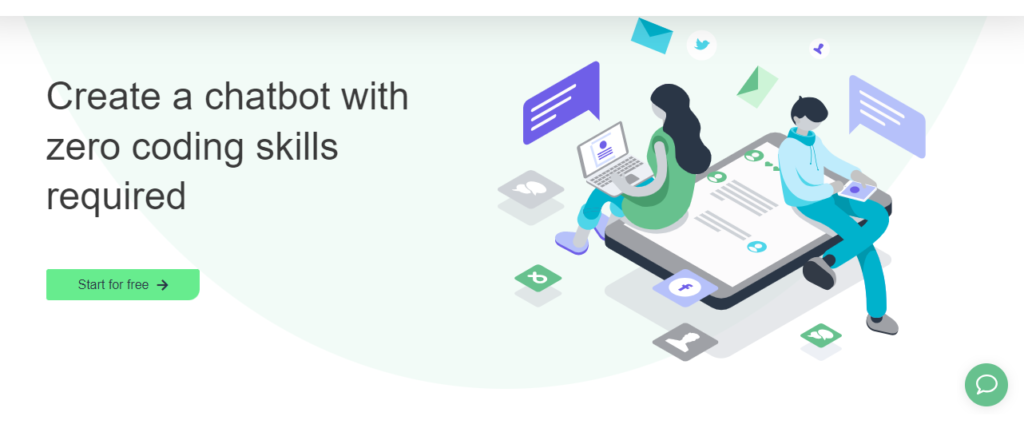
- Advantages: No coding required, supports over 100 integrations, and offers a wide range of pre-built templates.
Drift
- Description: Primarily a marketing platform, Drift offers tools to build chatbots for sales and customer support on websites.
- Code/API: Uses a visual builder. API integrations available for advanced functionalities.
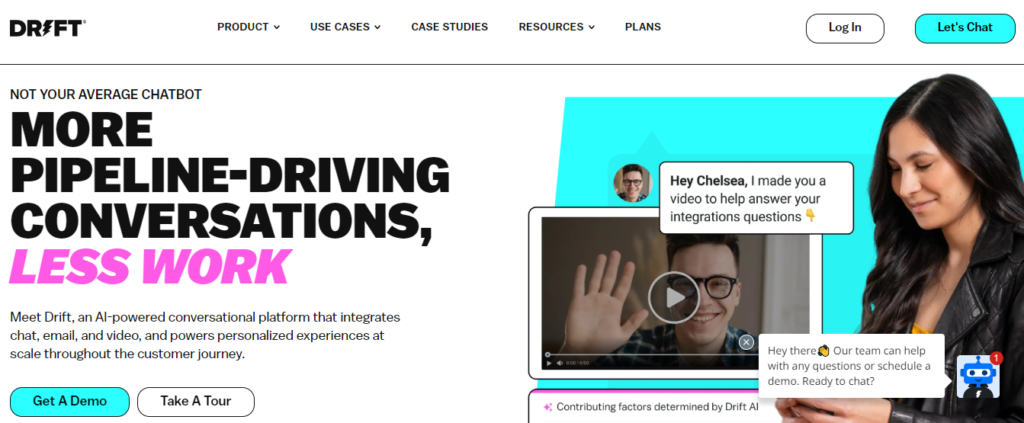
- Advantages: Designed for lead generation, integrates with CRM tools, and supports live chat handoff.
Octane AI
- Description: Focuses on e-commerce chatbots, helping businesses engage, convert, and retain customers.
- Code/API: Primarily visual with drag-and-drop. APIs available for platform integrations.
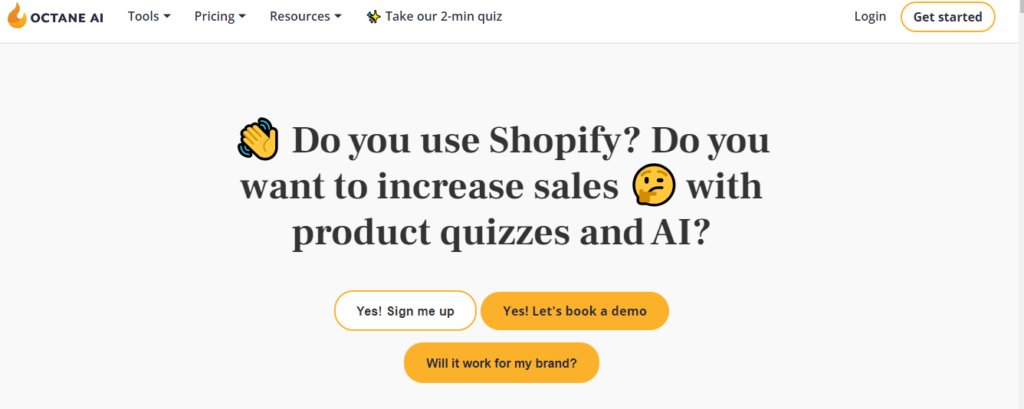
- Advantages: E-commerce focused, integrates with major e-commerce platforms, and supports quizzes, polls, and more.
SnatchBot
- Description: A platform for building chatbots for websites, SMS, and multiple messaging platforms.
- Code/API: Uses a visual builder. Offers API and webhooks for integrations.
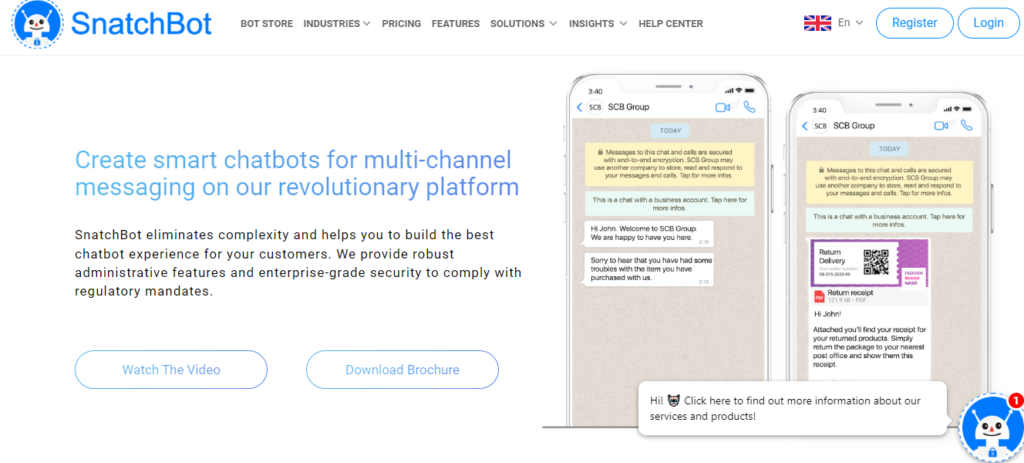
- Advantages: Multi-channel support, supports NLP, and offers a bot store for pre-built chatbot templates.
OpenAI GPT-based Bots
- Description: Utilizing models like GPT-3 or GPT-4 by OpenAI to create conversational agents.
- Code/API: OpenAI provides an API to integrate GPT models.
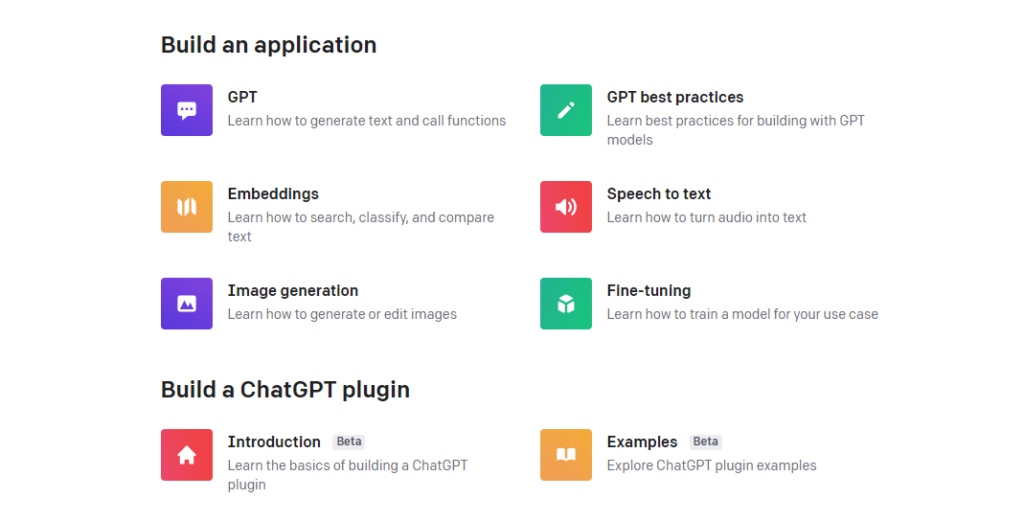
- Advantages: Highly advanced natural language understanding, can handle diverse topics, and can be fine-tuned for specific applications.
Tars Chatbots
- Description: A platform specifically designed to build chatbots that focus on lead generation for websites.
- Code/API: Featuring a drag-and-drop interface, the platform also supports webhook integrations for seamless connectivity with external systems.
- Advantages: Easy to use, the platform integrates with major marketing platforms and also offers built-in analytics to track performance and engagement.
Twilio Autopilot
- Description: A platform for building both voice and messaging bots; moreover, it integrates seamlessly with the broader Twilio ecosystem to deliver unified communication solutions.
- Code/API: The platform uses a JSON-based schema for defining conversations and, additionally, offers SDKs in multiple programming languages to support diverse development environments.
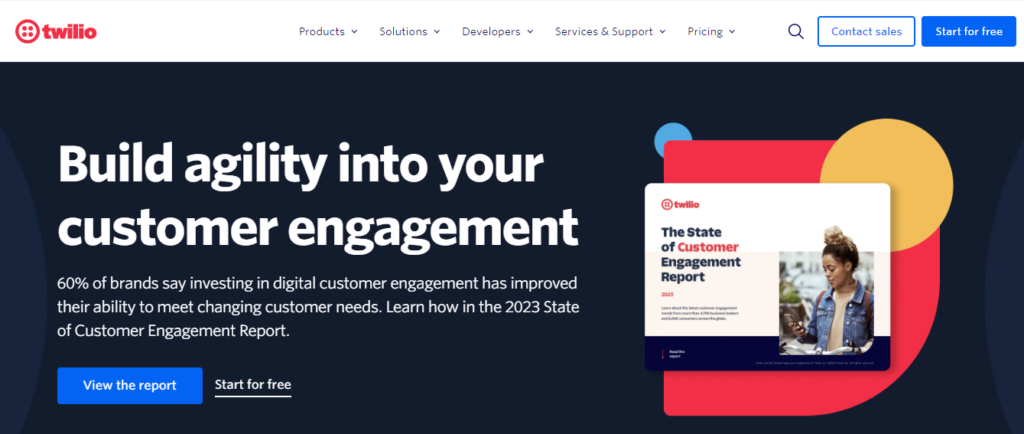
- Advantages: The platform offers robust support for voice bots, seamlessly integrates with other Twilio services, and also provides multi-channel support to ensure broad customer reach.
Blip.ai
- Description: A comprehensive platform to build, test, and deploy chatbots across multiple channels; as a result, it streamlines the entire chatbot development and deployment process.
- Code/API: The platform features a visual interface with custom coding options; moreover, it supports both SDK and API integrations for enhanced flexibility and extensibility.
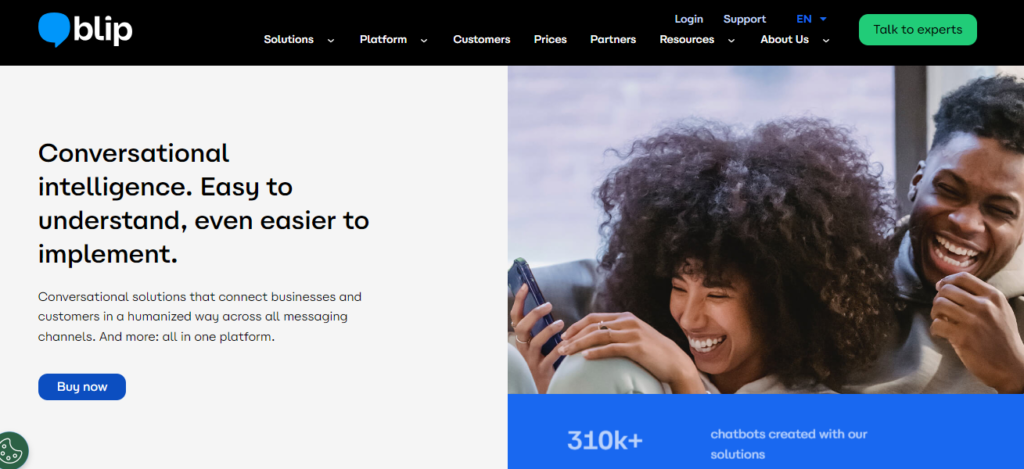
- Advantages: The platform supports multi-channel deployment, includes built-in analytics for performance tracking, and, additionally, integrates with AI models to enhance chatbot intelligence.
Landbot.io
- Description: A no-code chatbot builder tailored for websites, with a strong focus on converting visitors into qualified leads and loyal customers.
- Code/API: Featuring a drag-and-drop interface, the platform also supports APIs for seamless integrations with external systems.
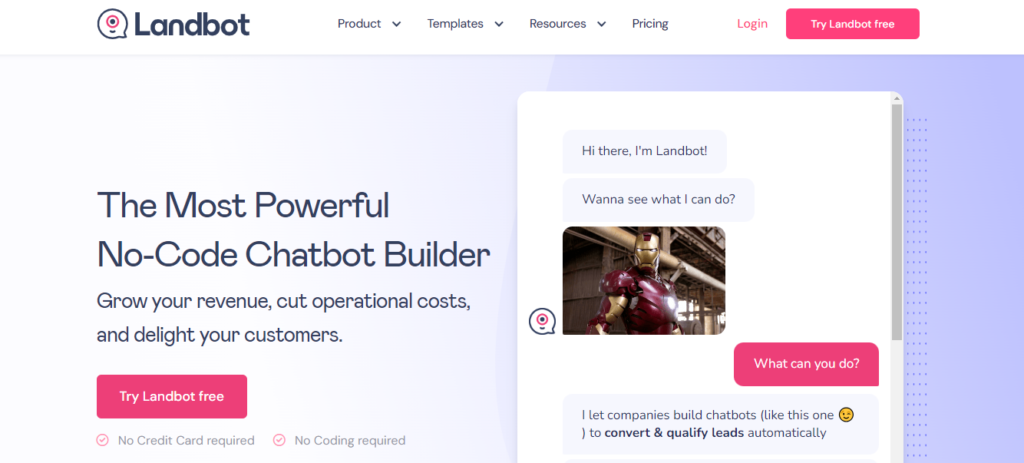
- Advantages: User-friendly by design, the platform integrates seamlessly with popular marketing tools and, furthermore, offers pre-built templates to accelerate chatbot creation.
Botstar
- Description: A comprehensive platform for designing, prototyping, and deploying chatbots across websites and messaging platforms; as a result, it streamlines the entire chatbot development lifecycle.
- Code/API: The platform features a visual editor with advanced coding options; moreover, it provides APIs for seamless integrations with external systems.
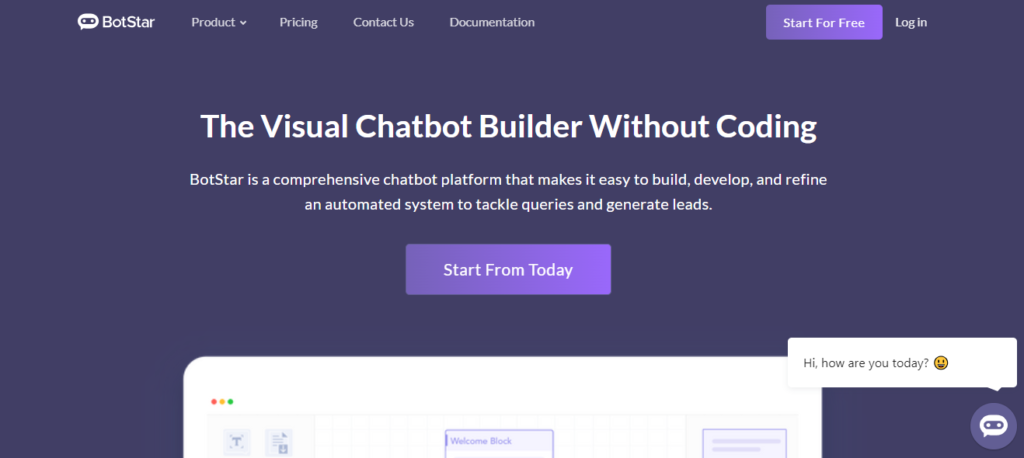
- Advantages: The platform supports multi-platform deployment, features a visual flow designer, and, in addition, includes built-in analytics for performance tracking and optimization.
Aivo
- Description: A versatile platform that offers AI-driven chatbots for both customer support and sales; as a result, it helps businesses enhance user engagement and drive conversions.
- Code/API: It features a primarily visual interface; moreover, it offers flexible integration options to connect with various systems.
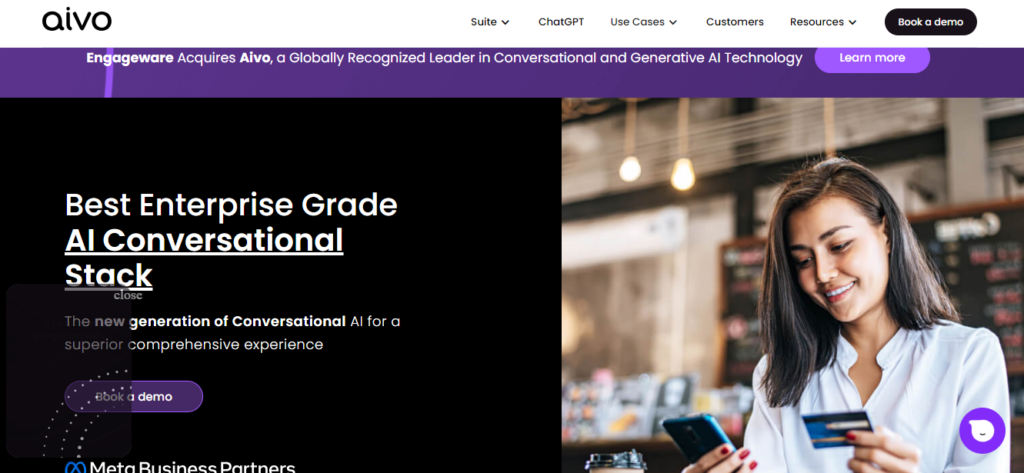
- Advantages: With multilingual support, AI-driven understanding, and seamless integration with major CRM platforms, the solution enables intelligent, personalized, and globally scalable customer interactions.
Imperson
- Description: By leveraging AI and NLP, the platform facilitates the development of enterprise-grade chatbots, placing a strong emphasis on enhancing customer engagement.
- Code/API: Custom solutions, so integration details might vary.
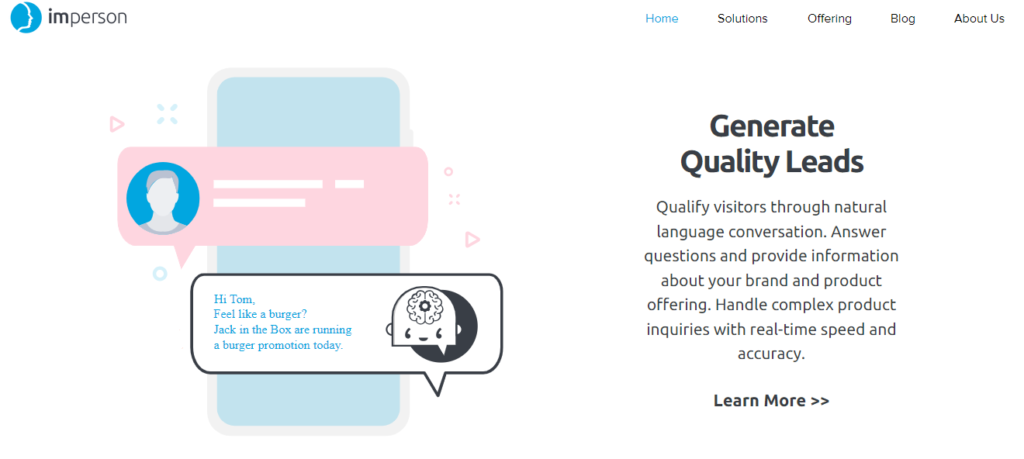
- Advantages: In addition to deep NLP capabilities, the platform supports multi-turn conversations and, furthermore, enables the use of both video and voice bots.
Meya.ai
- Description: A chatbot platform with a strong focus on integrations; as a result, it enables bots to orchestrate and automate workflows across various services.
- Code/API: The platform is code-driven with a Python SDK; furthermore, it follows an API-first approach to enable flexible and scalable integrations.
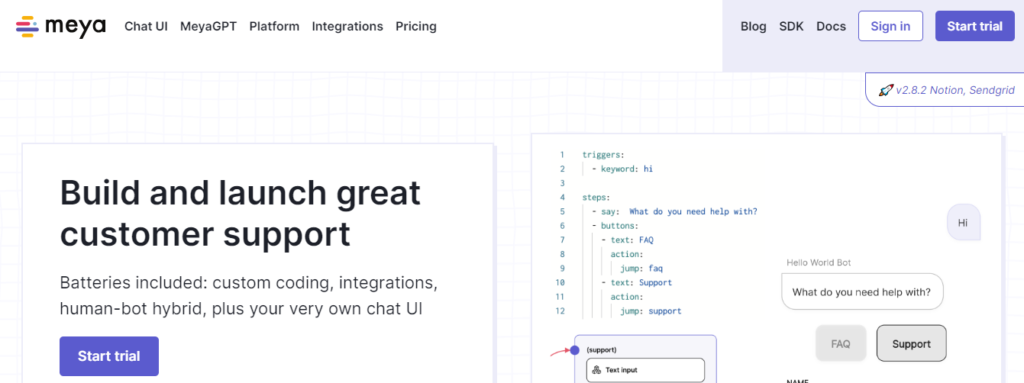
- Advantages: Moreover, it offers powerful integrations, is built on Python, and supports seamless multi-platform deployment.
Clare.AI
- Description: The platform offers AI chatbots specifically tailored for the banking industry. As a result, it enables financial institutions to enhance customer service, automate routine processes, and maintain regulatory compliance.
- Code/API: Custom solutions, so integration details might vary.
- Advantages: The platform stands out due to several key features. First, it is tailored specifically for financial services. Second, it supports multiple languages. Finally, it integrates seamlessly with existing banking systems.
In summary, the choice among these platforms should be guided by the target use case, the intended audience, and, most importantly, the specific feature requirements. While some platforms are geared towards quick deployments with no-code solutions, others offer deeper customization and are more code-centric. Some platforms also have industry-specific advantages, such as Clare.AI for banking.






































